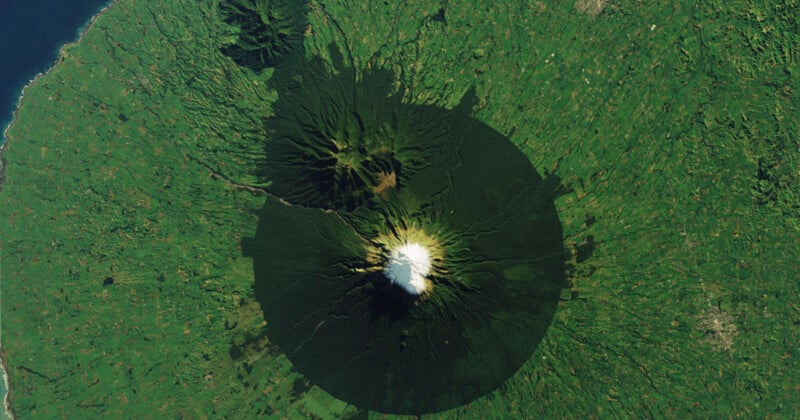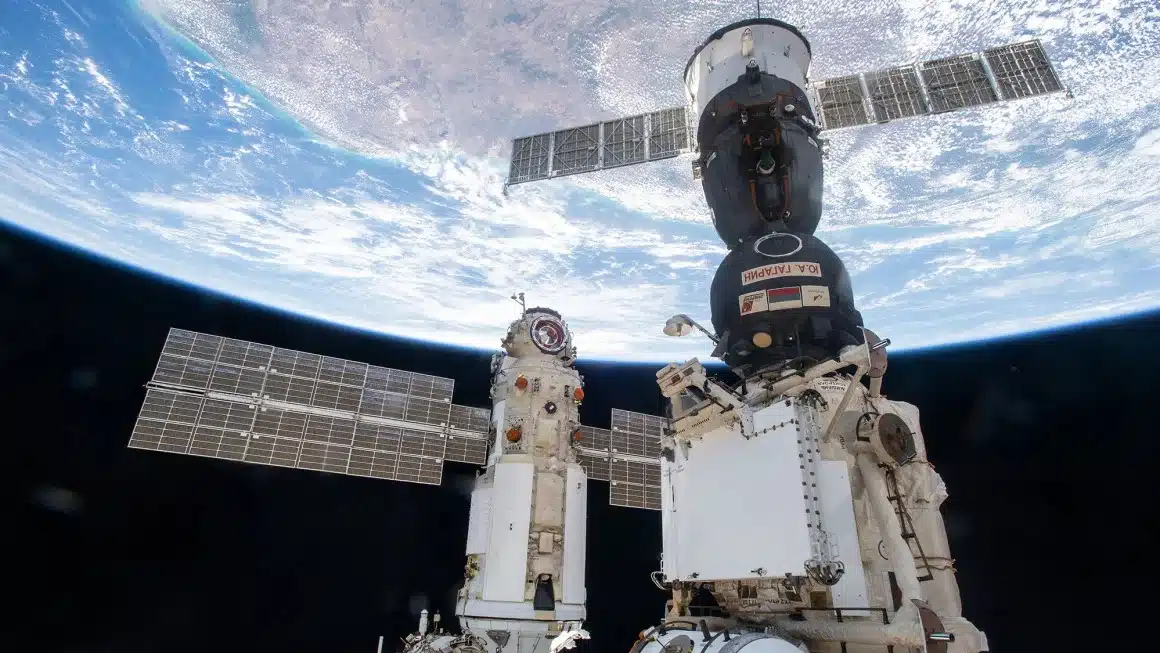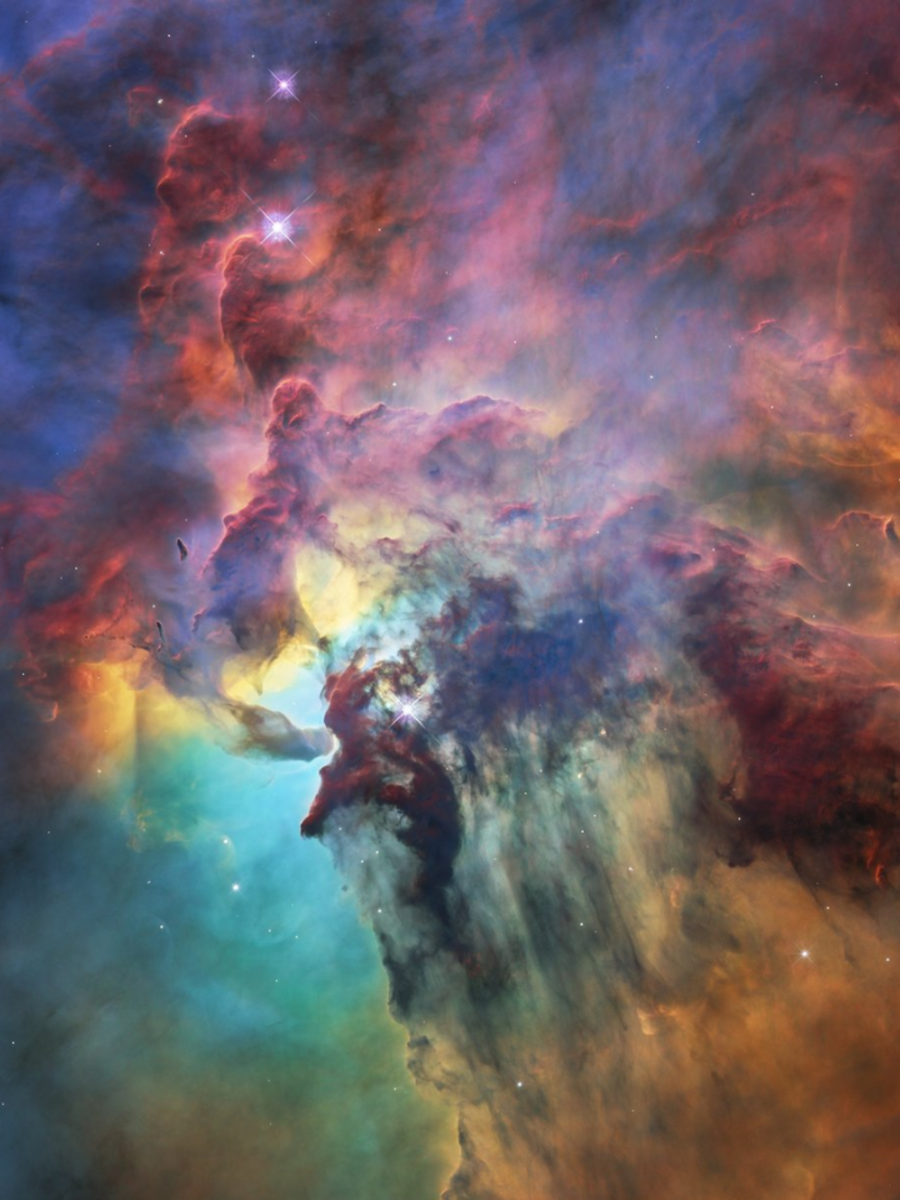On Saturday, NASA’s Juno spacecraft captured detailed photos of the most volcanically active world in our Solar System. During this close fly-by, the spacecraft observed plumes of volcanic activity erupting from Io’s surface in real-time. This encounter marked the second in a set of two close fly-bys aimed at providing new insight into the fiery phenomena beneath Io’s surface. These encounters are the closest humanity has come to Io in the last 22 years, surveying it at a distance of 930 miles. Here are the stunning initial images.A “tortured moon”Io is a “tortured moon,” in a constant struggle against competing gravitational forces.Jupiter’s massive pull drags on one end, while neighboring moons Europa and Ganymede exert their own gravitational forces, creating intense friction throughout the world. This process generates the heat that drives Io’s volcanic activity.The spacecraft’s photos from February 3 captured erupting gas plumes into space from Io’s surface: 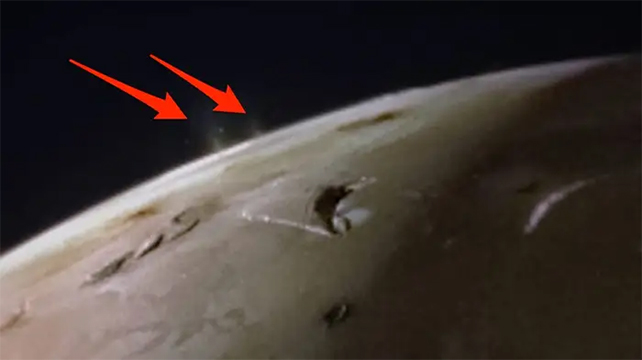 The photo taken by Juno depicts plumes of volcanic gas and ash erupting from Io’s surface. (NASA/JPL-Caltech/SwRI/MSSS/Andrea Luck)Although Io is only slightly larger than Earth’s moon, its volcanoes are much larger and can spew fountains of boiling-hot lava dozens of miles into the air, according to NASA. For instance, its largest volcano, Loki Patera, is approximately twice the size of Mauna Loa, Earth’s largest active volcano.
The photo taken by Juno depicts plumes of volcanic gas and ash erupting from Io’s surface. (NASA/JPL-Caltech/SwRI/MSSS/Andrea Luck)Although Io is only slightly larger than Earth’s moon, its volcanoes are much larger and can spew fountains of boiling-hot lava dozens of miles into the air, according to NASA. For instance, its largest volcano, Loki Patera, is approximately twice the size of Mauna Loa, Earth’s largest active volcano.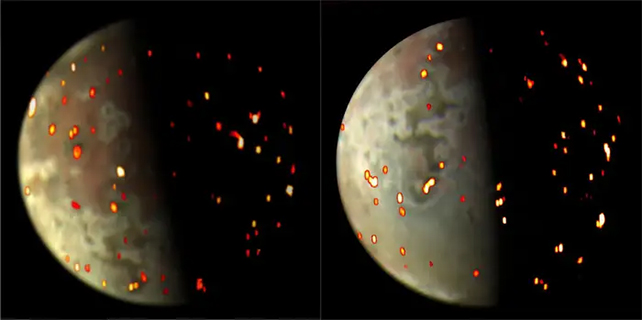 This infrared map showcases active volcanoes on Io. (NASA/JPL-Caltech/SwRI/ASI/INAF/JIRAM)Since 2016, the Juno spacecraft has orbited Jupiter every 38 days. Now, in an extended mission phase, the spacecraft will explore the entire Jovian system, including Jupiter and its rings and moons, through September 2025.With these fly-bys, Juno mission scientists aim to gain a deeper, more comprehensive understanding of what triggers Io’s explosive activity. Currently, there are two competing theories. One posits that Io’s intense volcanism results from a global magma ocean beneath the surface, while the other suggests it’s due to the moon’s solid core of hot metal. Perhaps the answer will become clear in the coming months as scientists analyze the data.This article was originally published by Business Insider.
This infrared map showcases active volcanoes on Io. (NASA/JPL-Caltech/SwRI/ASI/INAF/JIRAM)Since 2016, the Juno spacecraft has orbited Jupiter every 38 days. Now, in an extended mission phase, the spacecraft will explore the entire Jovian system, including Jupiter and its rings and moons, through September 2025.With these fly-bys, Juno mission scientists aim to gain a deeper, more comprehensive understanding of what triggers Io’s explosive activity. Currently, there are two competing theories. One posits that Io’s intense volcanism results from a global magma ocean beneath the surface, while the other suggests it’s due to the moon’s solid core of hot metal. Perhaps the answer will become clear in the coming months as scientists analyze the data.This article was originally published by Business Insider.
More from Business Insider:
NASA Reveals Incredible Close-Up Images of Volcanic Eruptions on Jupiter’s Moon Io



